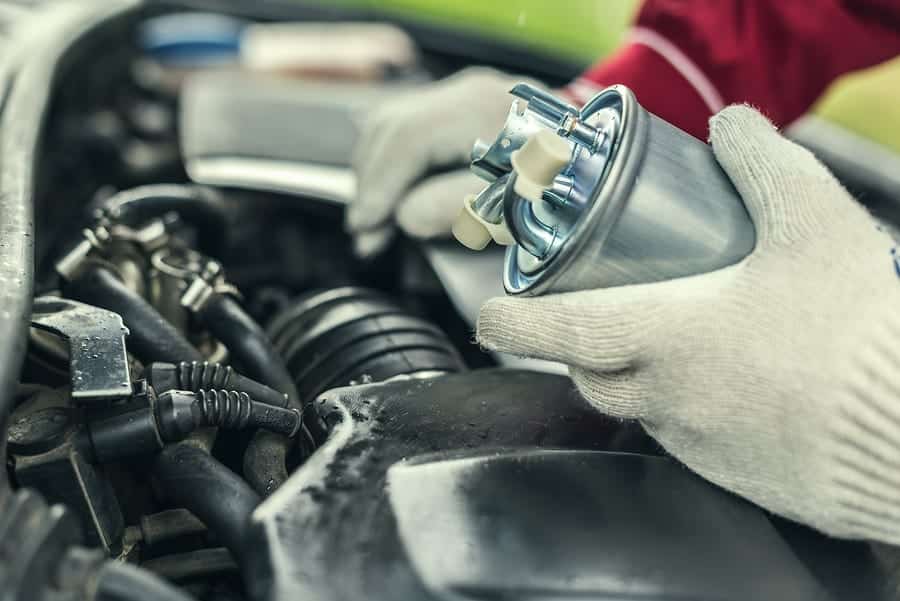
A fuel filter does exactly what you’d expect it to do. It cleans out any impurities from the fuel, helping prolong the life of the fuel injectors and the fuel pressure regulator, as well as keeping your engine running smoothly.
It’s normally something that gets replaced during a service by your local dealer or mechanic which usually is the low hassle, high cost way to do things. But if you think you’re confident with the tools, then we’d suggest this is a job that can be done by anyone who has a moderate skill level as a DIY mechanic.
Simply follow our step by step guide to replace your oil filter at home.
Tools and Supplies Required
Fuel line release tool
Replacement fuel filter
Socket set
Screw driver set
Protective gloves and eye wear
Fluid catch basin
Step One
As with most car part replacement work you want to have your car on a flat surface with the handbrake on in neutral gear for manuals or in park for automatics with the emergency brake on.
Step Two
Release any pressure that’s built up within the fuel lines of your car by first taking off the fuel cap and then removing the fuel pump fuse or relay. Find out the location of both these parts in your owner’s manual.
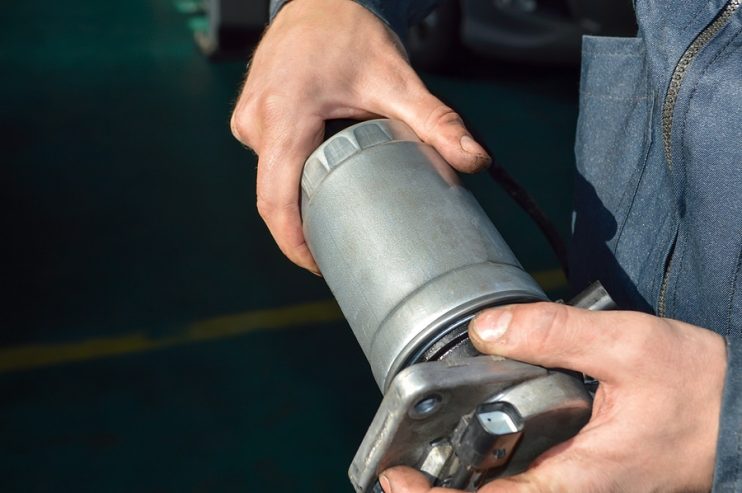
Step Three
Turn off your car, take the keys out of the ignition and disconnect the negative cable from the battery. Wrap the end of the cable in an old rag to prevent any dangerous short circuits.
Step Four
Locate the fuel filter using your owner’s manual or look up instructions on the web. It should be somewhere in the engine bay or under the vehicle near the fuel tank. Be prepared to get down and dirty with some jack stands if needs be.
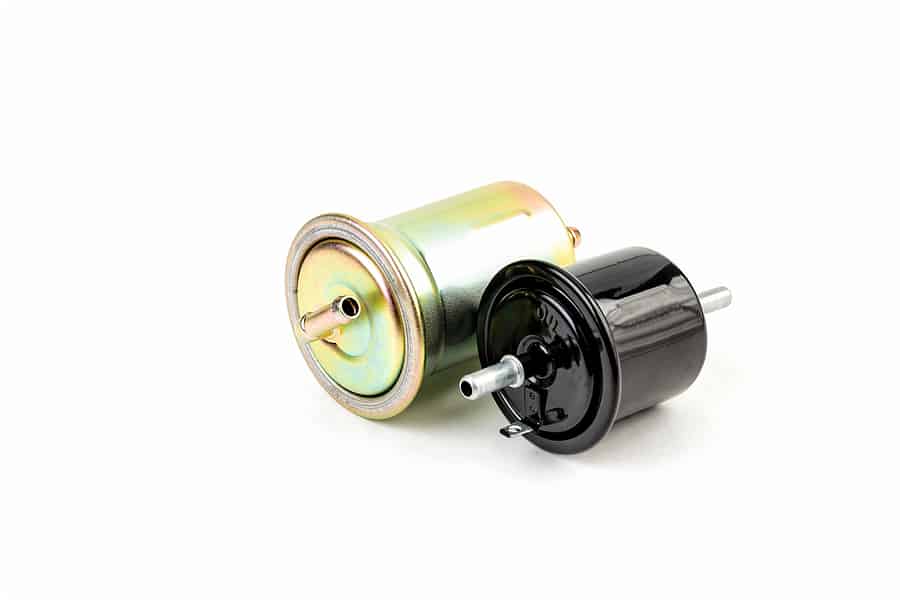
Step Five
The old rule of thumb. Get the new part out of the box and check that it looks the same before removing the old filter from its position. Fuel filters generally are marked with arrows indicating the direction that fuel flows through the part.
If your new filter lacks these markings pay special attention to the position of the old filter, even taking a photo if necessary, to ensure you get the new part in the correct way around.
Step Six
Taking care to protect the clips on the ends of the lines, remove the fuel lines from the fuel filter and then remove the mounting bolts holding the part in place. This should allow you to remove old part away from the car.
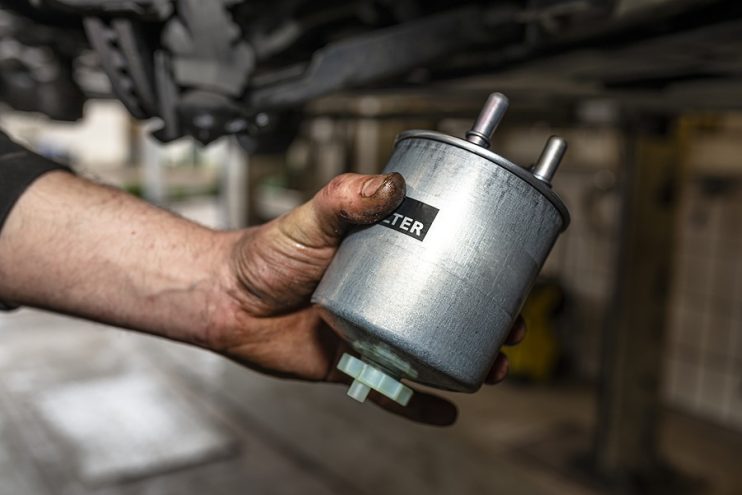
Step Seven
If you have completed all the above checks then it should now be a simple question of connecting up the new filter into place in the car. Put all the bolts back into place and clip the fuel lines onto the part. When you are satisfied that everything is correctly in place re-install the fuel pump fuse. Unwrap the negative battery cable and connect it up to the battery.
Step Eight
Start your engine in parked or neutral and have a scout about for fuel leaks under the car. Don’t worry if your vehicle won’t start on the first attempt as this is simply down to a lack of fuel. As soon as the pressure increases and fuel reaches the injectors, the car should get back to normal. Once you’re satisfied everything is in order it’s time for that test drive.

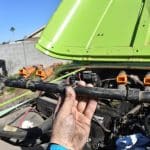
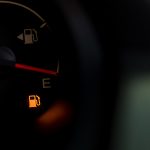
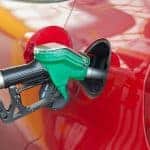
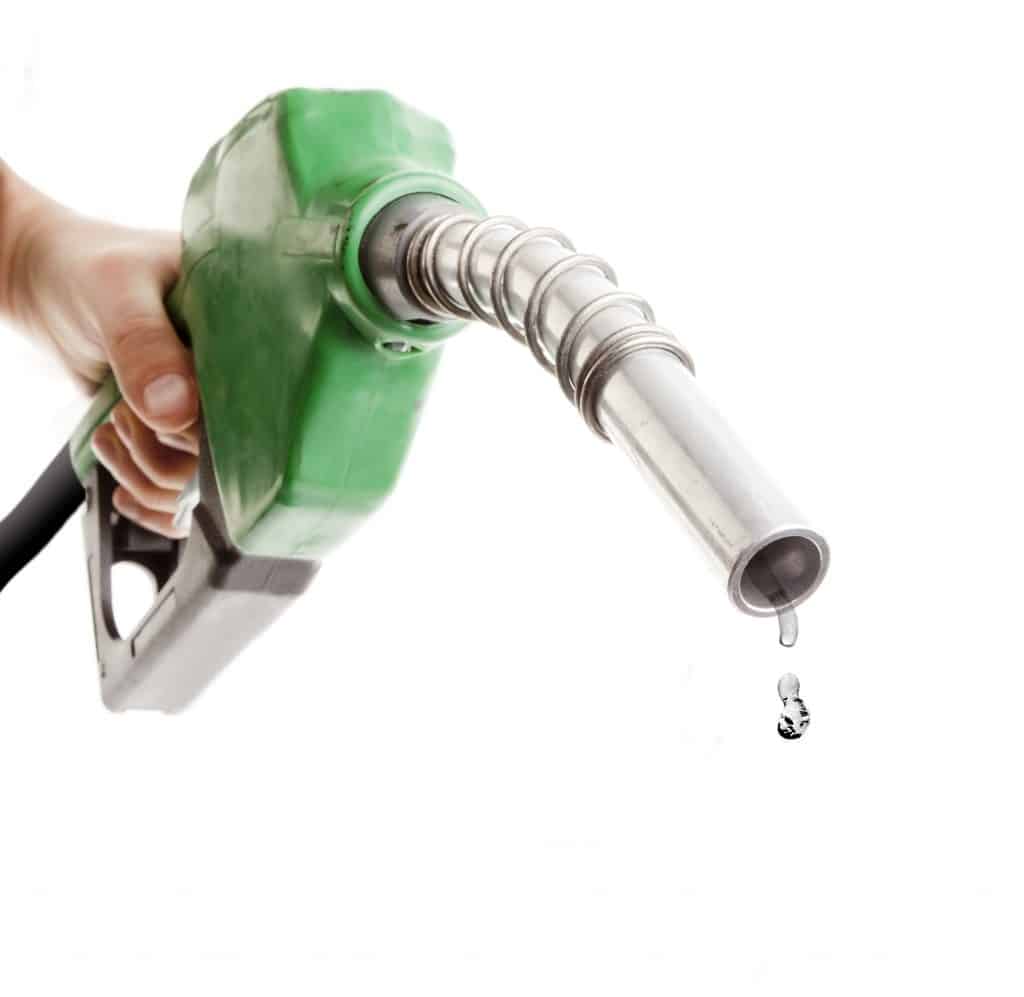

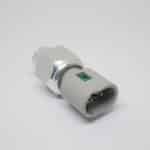
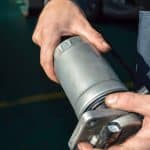
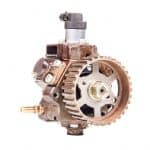


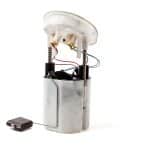
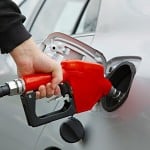
.png)